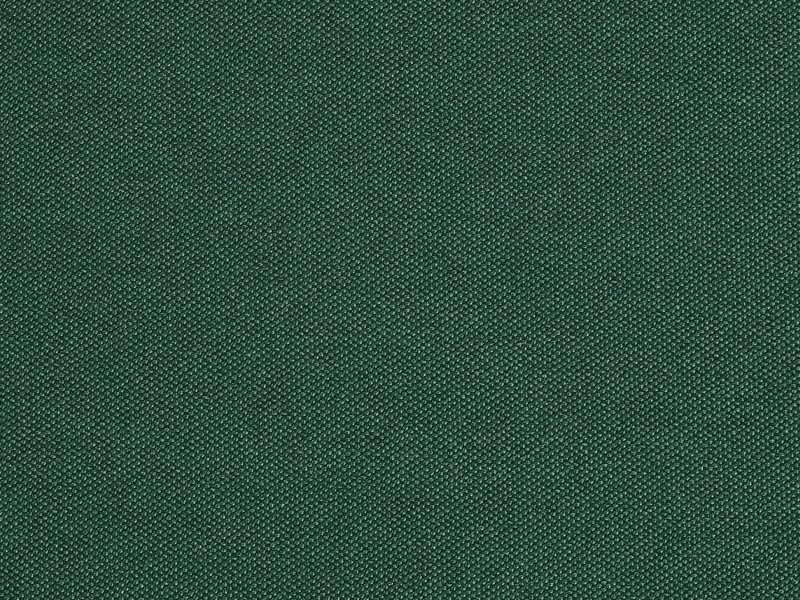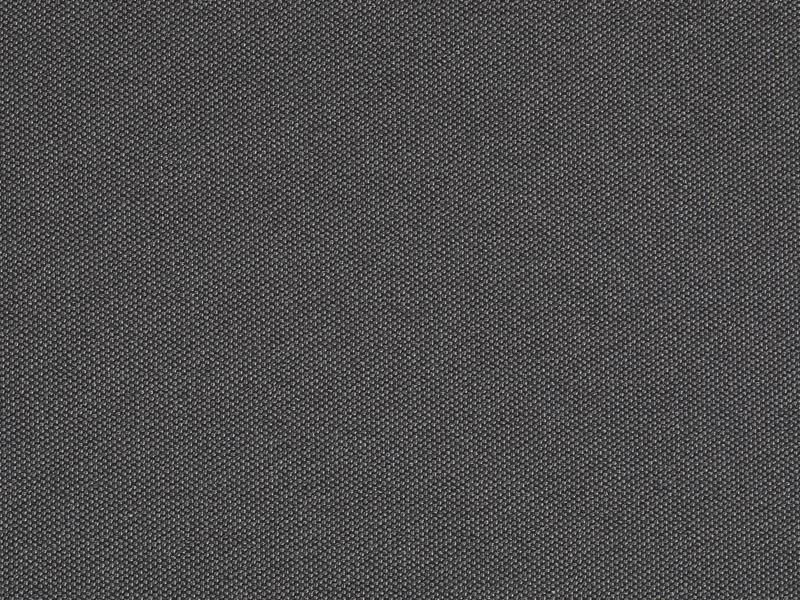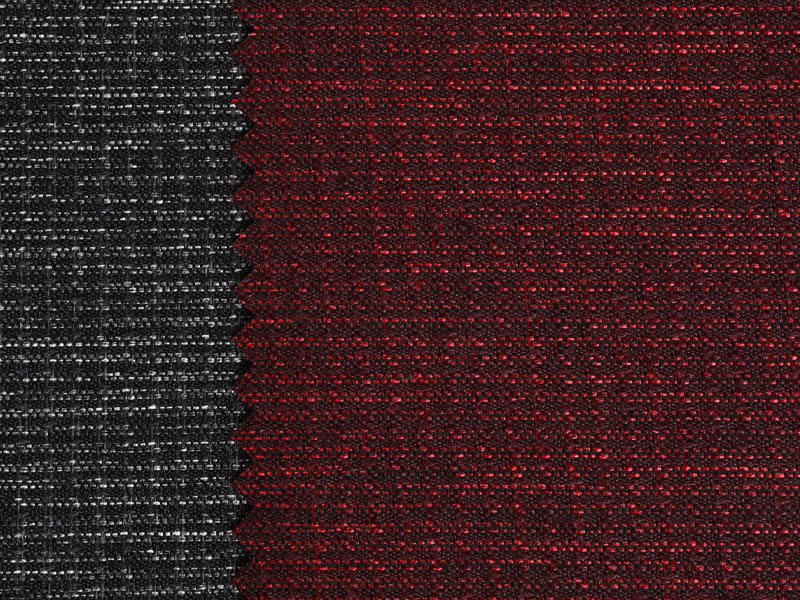The Role of Waterproof Canvas in Eco-friendly Architecture
Posted by Admin
In the ever-evolving landscape of sustainable design, the role of waterproof canvas has become increasingly significant in the realm of eco-friendly architecture. As the global community becomes more conscious of the environmental impact of construction practices, the demand for innovative and environmentally-conscious building materials has surged. Waterproof canvas, with its unique properties and versatility, has emerged as a compelling solution that aligns with the principles of sustainable architecture.
Waterproof canvas, a durable and water-resistant fabric, has long been utilized in various applications, from outdoor gear to industrial applications. However, its potential in the field of eco-friendly architecture has only recently been fully recognized. The material's inherent ability to repel water, coupled with its lightweight and adaptable nature, makes it an attractive choice for architects and designers seeking to incorporate sustainable elements into their projects.
One of the primary advantages of waterproof canvas in eco-friendly architecture is its contribution to energy efficiency The material's insulating properties can help regulate the temperature within a building, reducing the need for energy-intensive heating and cooling systems. By incorporating waterproof canvas into the building envelope, architects can create a barrier that effectively manages the flow of heat, air, and moisture, ultimately forming a more energy-efficient structure.
Moreover, the use of waterproof canvas in eco-friendly architecture extends beyond thermal regulation. The material's durability and resistance to weathering make it an ideal choice for roofing and cladding applications, providing long-lasting protection against the elements. This, in turn, reduces the need for frequent maintenance and replacement, minimizing the environmental impact associated with traditional building materials.
Waterproof canvas also offers versatility in design, allowing architects to explore innovative and visually striking architectural forms. The material's pliability and ease of manipulation enable the creation of complex, organic shapes and structures that seamlessly integrate with the surrounding environment. This flexibility empowers designers to push the boundaries of sustainable design, creating buildings that not only function efficiently but also evoke a sense of harmony the natural world.
Furthermore, the production and sourcing of waterproof canvas align with the principles of eco-friendly architecture. Many manufacturers of waterproof canvas employ sustainable practices, such as using renewable or recycled materials in the manufacturing process. This commitment to environmental responsibility ensures that the use of waterproof canvas in construction projects contributes to a more sustainable and circular economy.
In addition to its practical benefits, the use of waterproof canvas in eco-friendly architecture also carries a symbolic significance. By incorporating this material into their designs, architects and designers send a powerful message about their commitment to sustainability and environmental stewardship. This, in turn, can inspire and educate the public, encouraging a broader shift towards more eco-conscious building practices.
As the demand for sustainable architecture continues to grow, the role of waterproof canvas in this field is poised to become even more prominent. Architects and designers are increasingly recognizing the material's potential to address the pressing environmental challenges faced by the construction industry. By embracing waterproof canvas as a key component of their eco-friendly designs, they are not only creating more efficient and resilient buildings but also contributing to a more sustainable future.
In conclusion, the role of waterproof canvas in eco-friendly architecture is multifaceted and significant. Its unique properties, versatility, and alignment with sustainable principles make it a valuable asset in the pursuit of environmentally-conscious design. As the global community continues to prioritize sustainability, the integration of waterproof canvas into architectural projects will undoubtedly play a crucial role in shaping a more built environment.

 English
English Français
Français Español
Español عربى
عربى Tiếng Việt
Tiếng Việt












